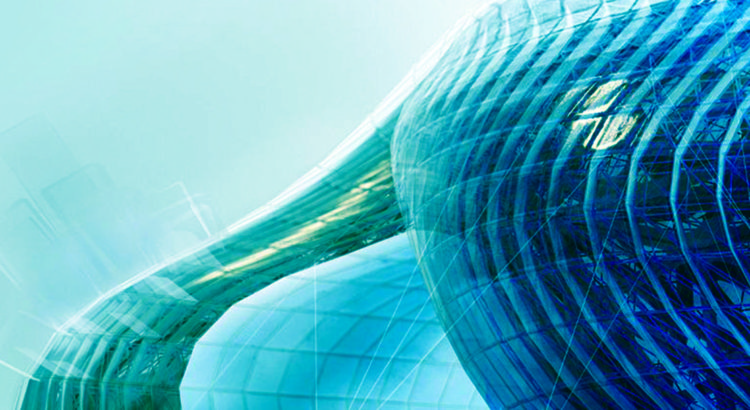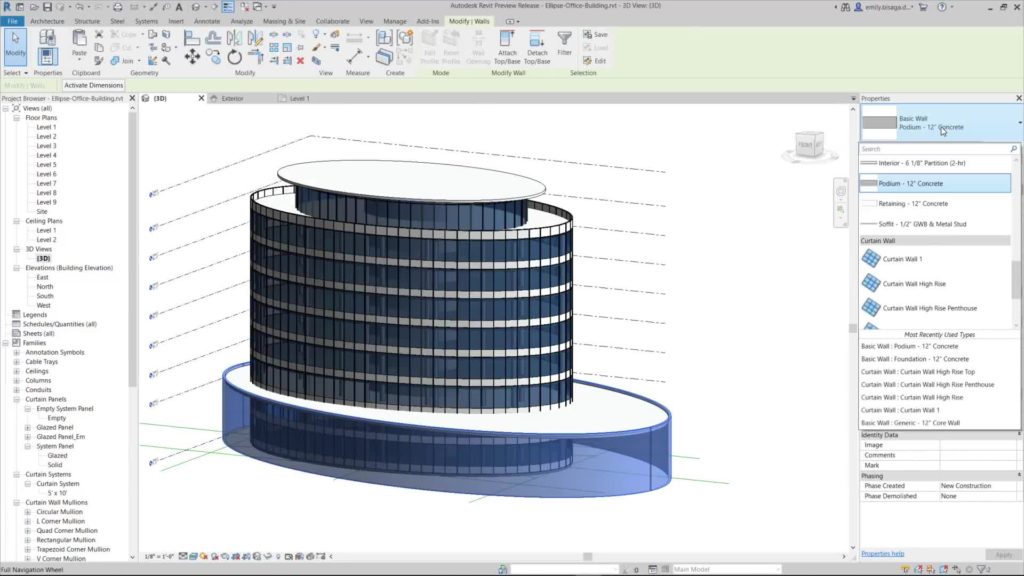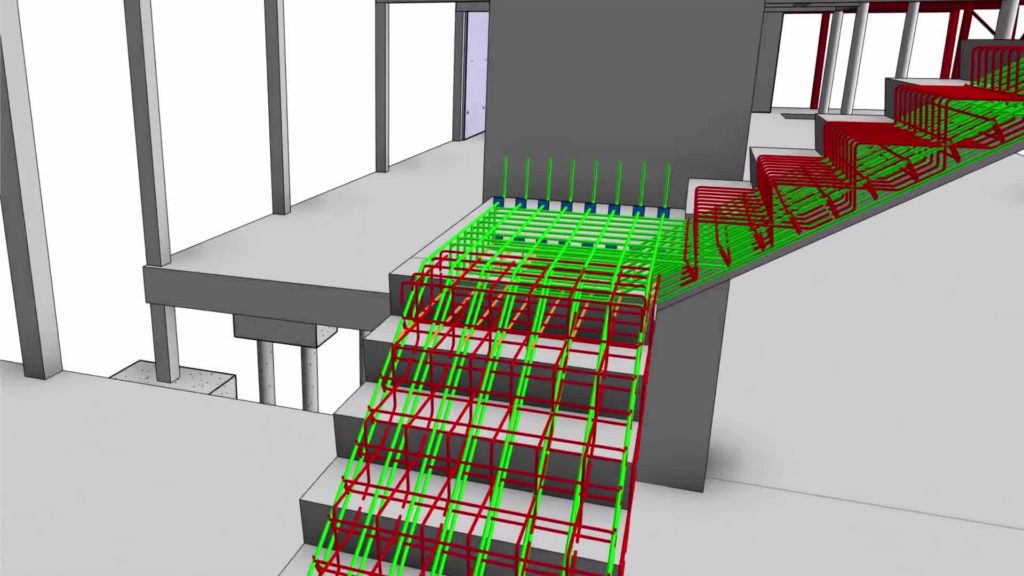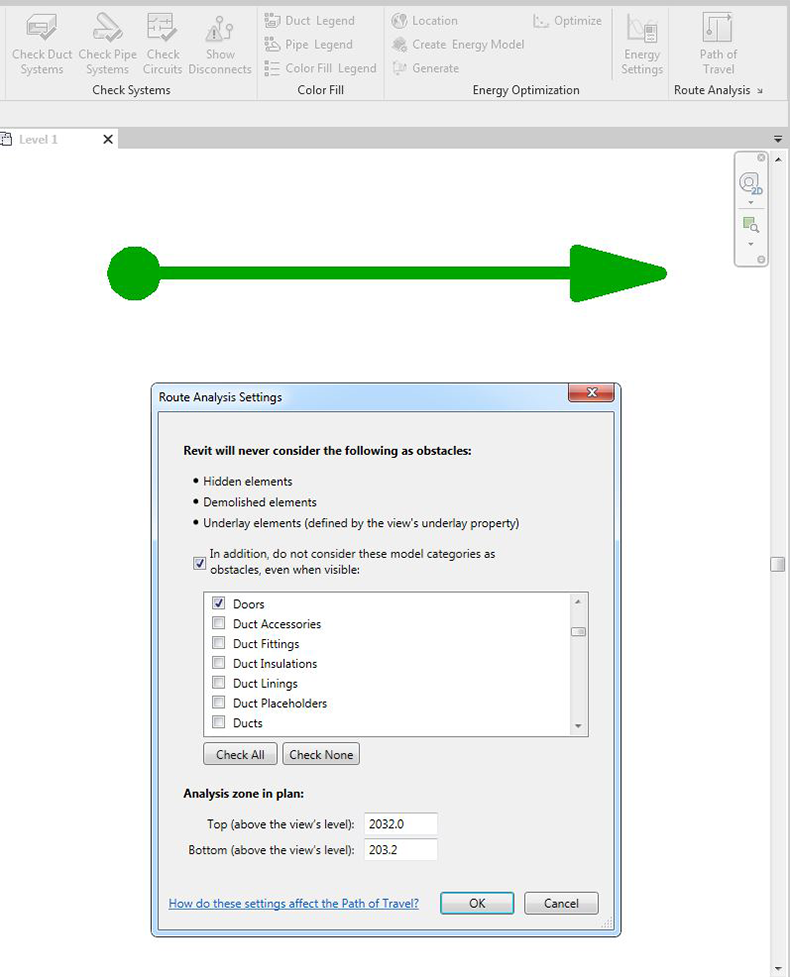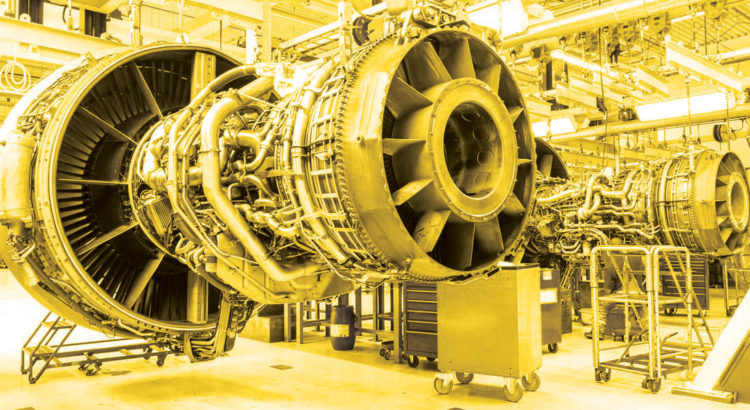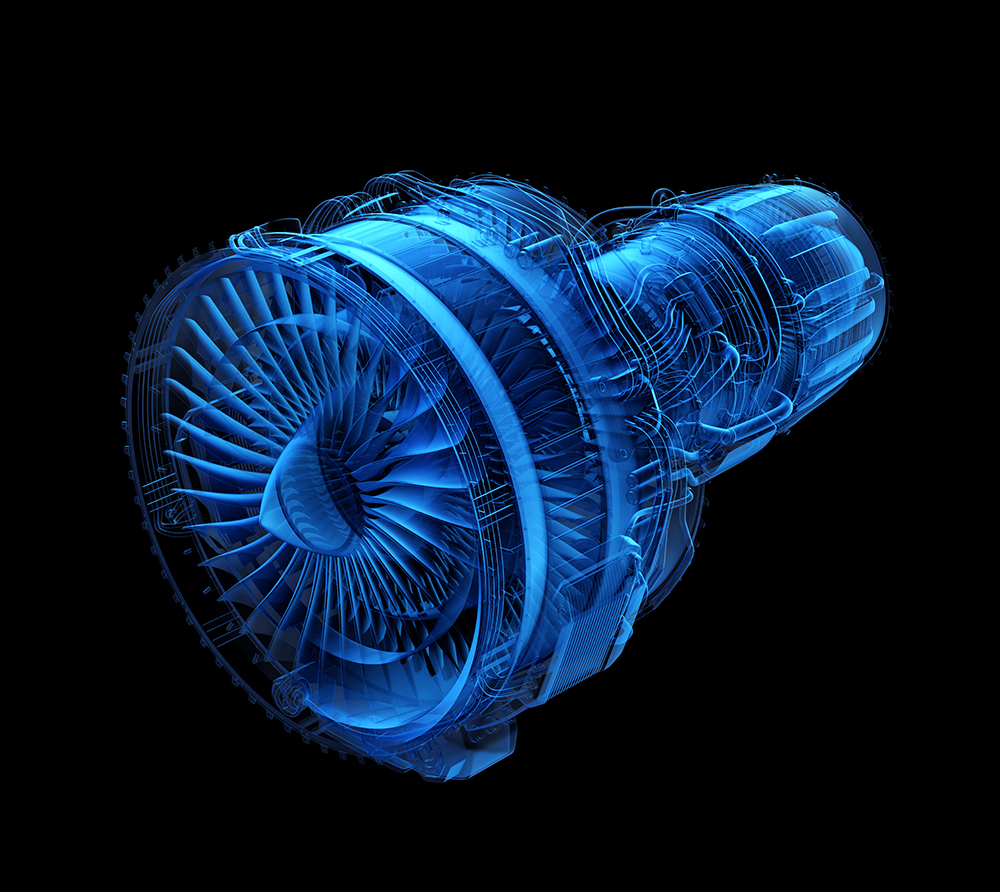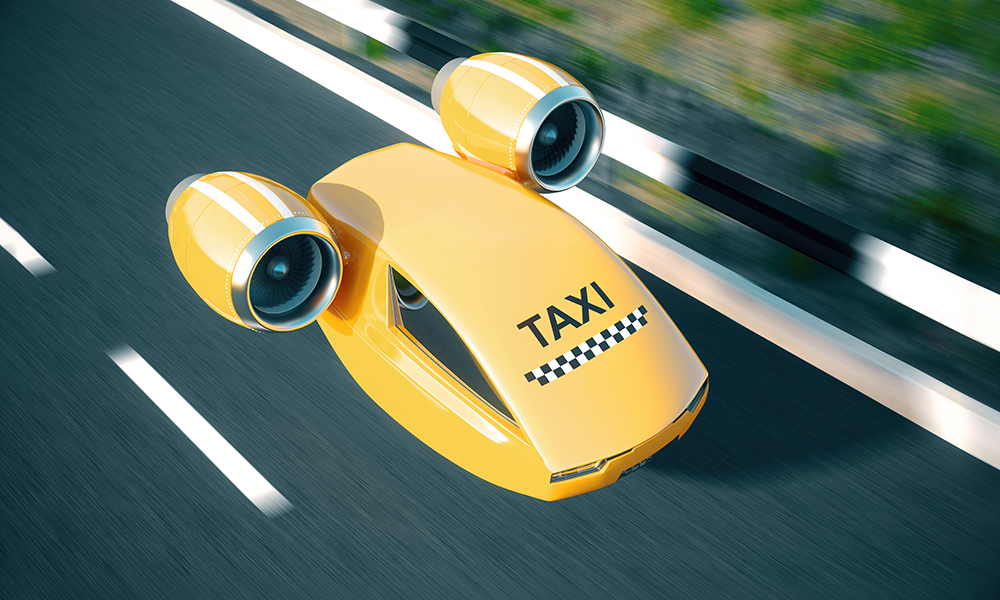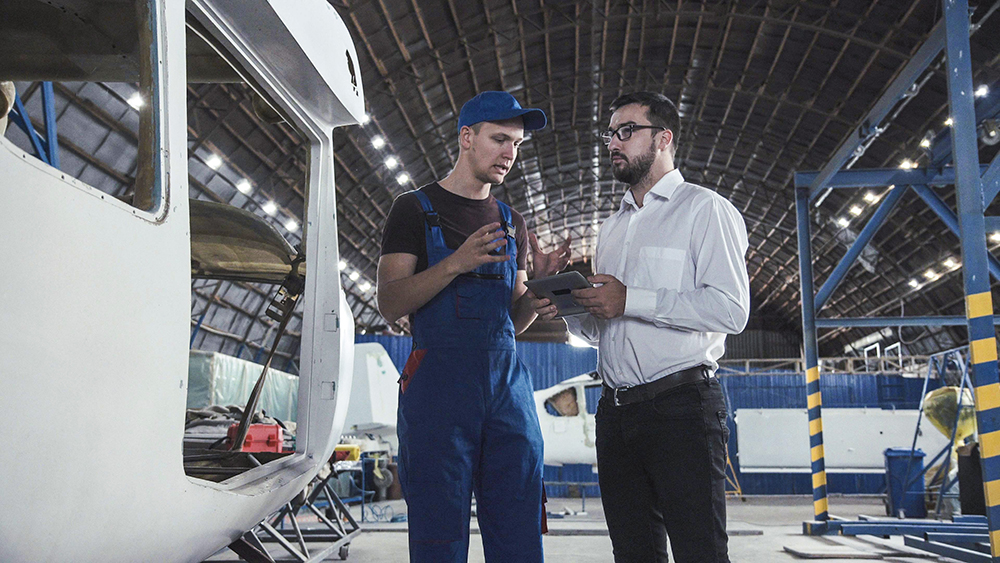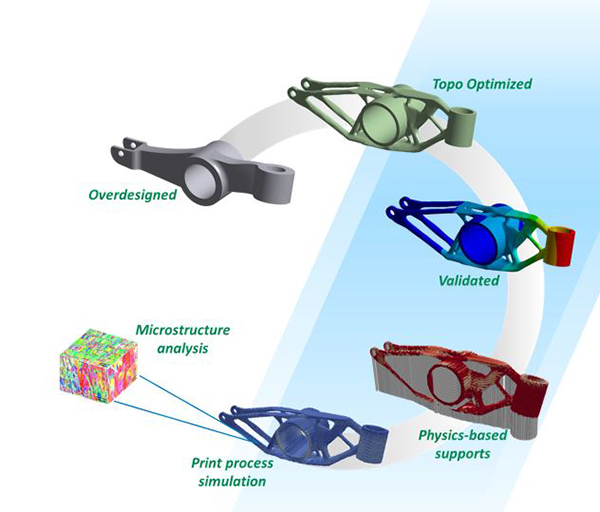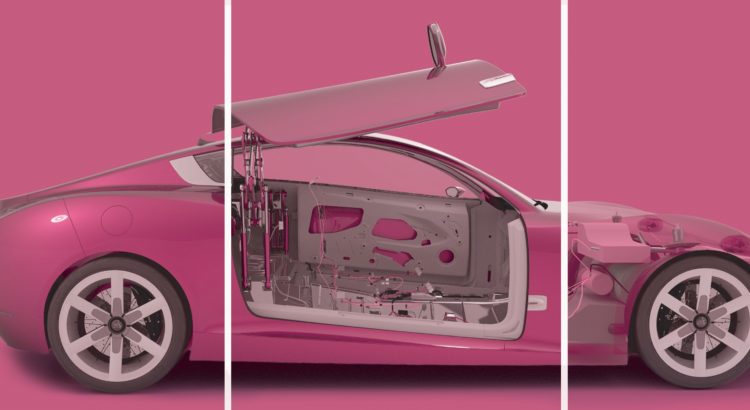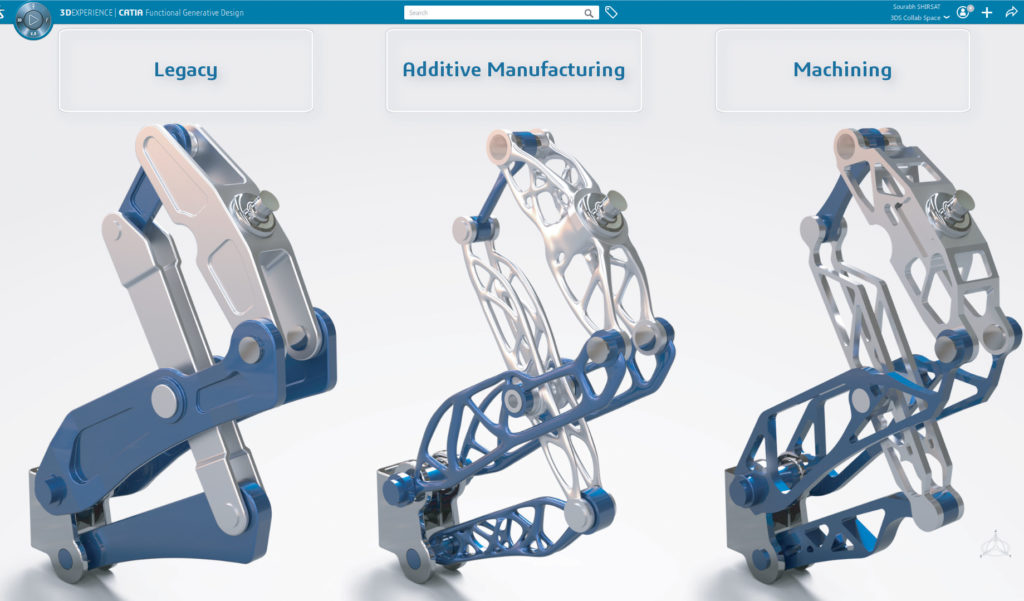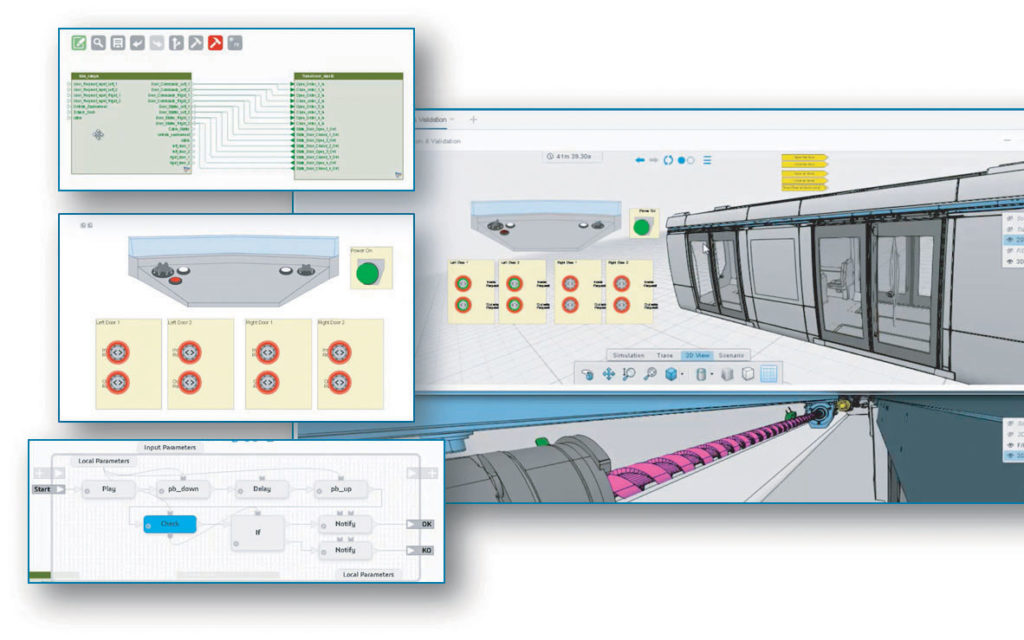The launch of electric cars and lithium-ion batteries have transformed the world of convenience and technology. Tesla is not only working for building convenient technology, but also trying to save the environment by designing highbred cars that are faster than the usual. Tesla is targeting to craft a lithium-ion battery that is capable of running a car or an electric truck for around 16 lakh km. Engineers of Tesla are infatuated with designing the world’s most competent and resourceful electric vehicles for more than a decade.
While other nations across the world are climbing to attain a seamless EV environment, Elon Musk has ensured a perfect deal of effectiveness in the field of an electric vehicle with his famous brand Tesla Motors. Consequently, Tesla cars at present travel beyond the usual on a single charge as compared to any other design of EV in the market.
- Model S, as well as Model X vehicles, are able to travel nearly 600 km or 525 km on a single charge with a 100 kWh pack of battery.
- Model S and Model X are now able to run with 200 kW on V3 Superchargers as well as 145 kW with V2 Superchargers. Collectively, these developments allow users to recharge the batteries faster by 50 percent as compared to the earlier models.
Why is Tesla Unique?
- The choice of Tesla for the cylindrical cells is what differentiates the brand’s designs with other manufacturers.
- The use of a liquid-cool thermal management system is another key feature used to make sure that the cells are operating in their efficiency as well as optimal ways. It further ensures battery life and performance.
- The lithium-ion batteries use NMC or lithium nickel, manganese, cobalt, and oxide for ensuring positive electrode or cathode of the battery along with the artificial graphite for the battery’s negative electrode or anode.
- Existing Tesla cars are capable of achieving around 8 lakh km from their batteries before they confront with any major issues.

As per the international market research organization, i.e., IHS Markit (China), 20 percent of the entire vehicles’ sales are to secure some type of electrification till the year 2025. On the other hand, France, as well as the UK, has made a proposition to finish the sale of the cars producing greenhouse gases by the year 2040. The key cost element of an Electric Vehicle is the battery pack. Tesla has kept its battery technology as a carefully guarded top-secret, which has surmounted the technology to a great level.


